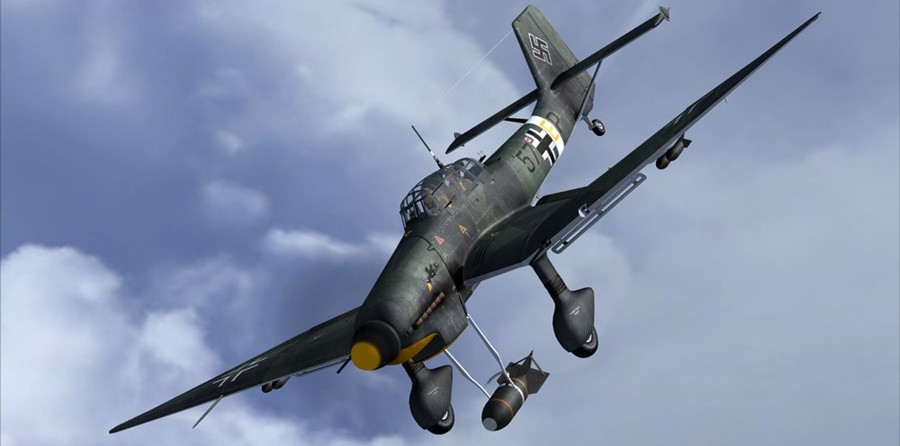Firstly lightly dip the brush to pick up a small amount of paint, wipe any excess on a tissue and then brush on a scrap piece of paper until there is very little paint left on the brush (hence the name ‘drybrush’). To apply to the model, lightly brush with long strokes over the model so the paint catches on the raised detail only, repeat this until all detail is picked out. Usually this is done with a lighter colour to that of the model, but not always, you can use a darker colour if that is the effect needed.
I also use this technique to add dust and other weathering effects by drybrushing over the flat surfaces as well. One rule here is take your time, never try to add too much paint at one time, if you want to add a fairly heavy coat of dust and dirt, apply one coating, let dry and then apply more until you have the effect wanted. If you add more paint over half dried paint you will only remove the first coating the same as happens with normal painting if you paint over paint not yet dry. By adding progressivly lighter colour you can further highlight the detail.
Practice this technique and you can achieve good results, I prefer this technique above pastels as it gives me better control over the final result, but as I said, this may not work for everyone as I have seen some very good weathering done with pastels.
via Modelling Techniques.
